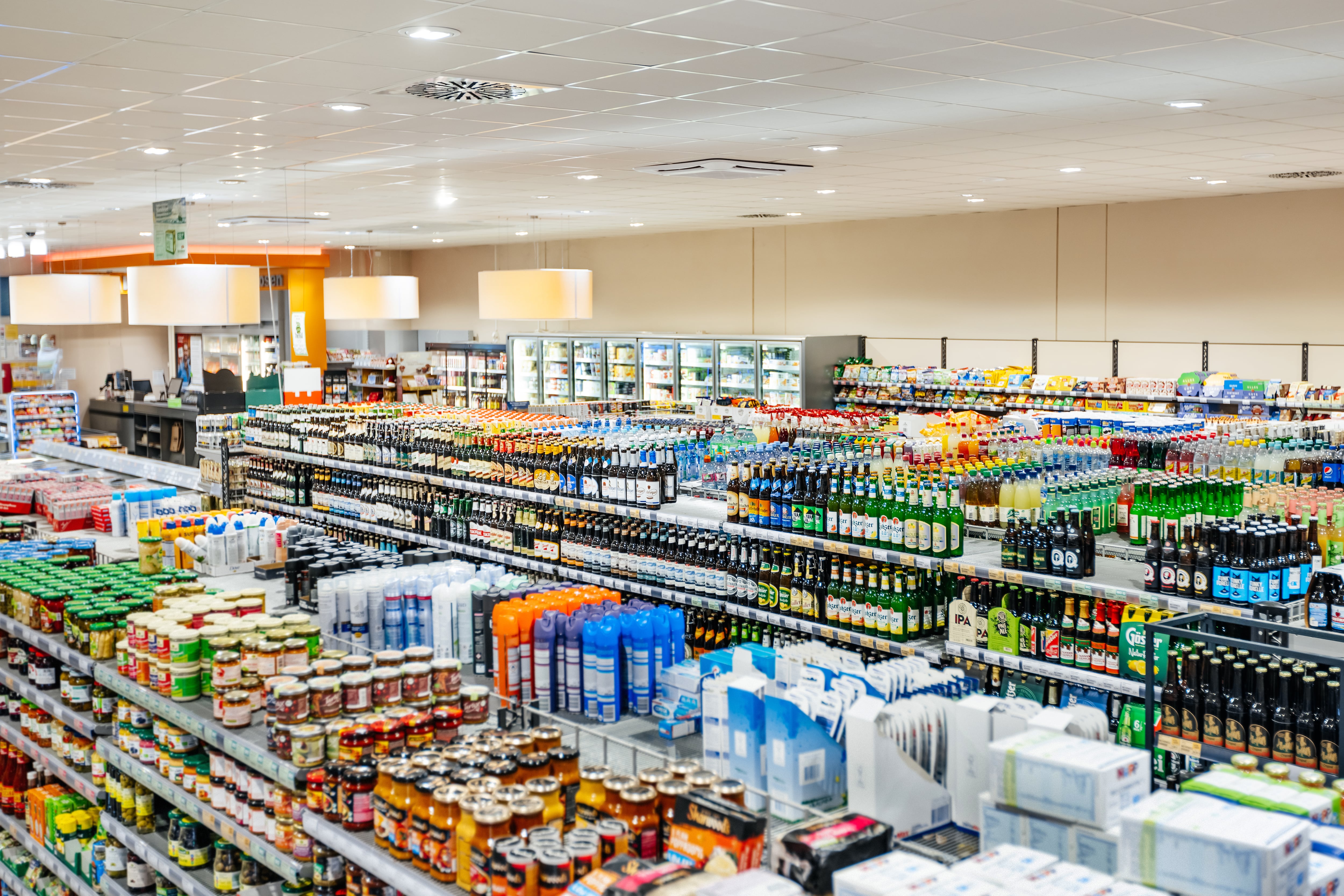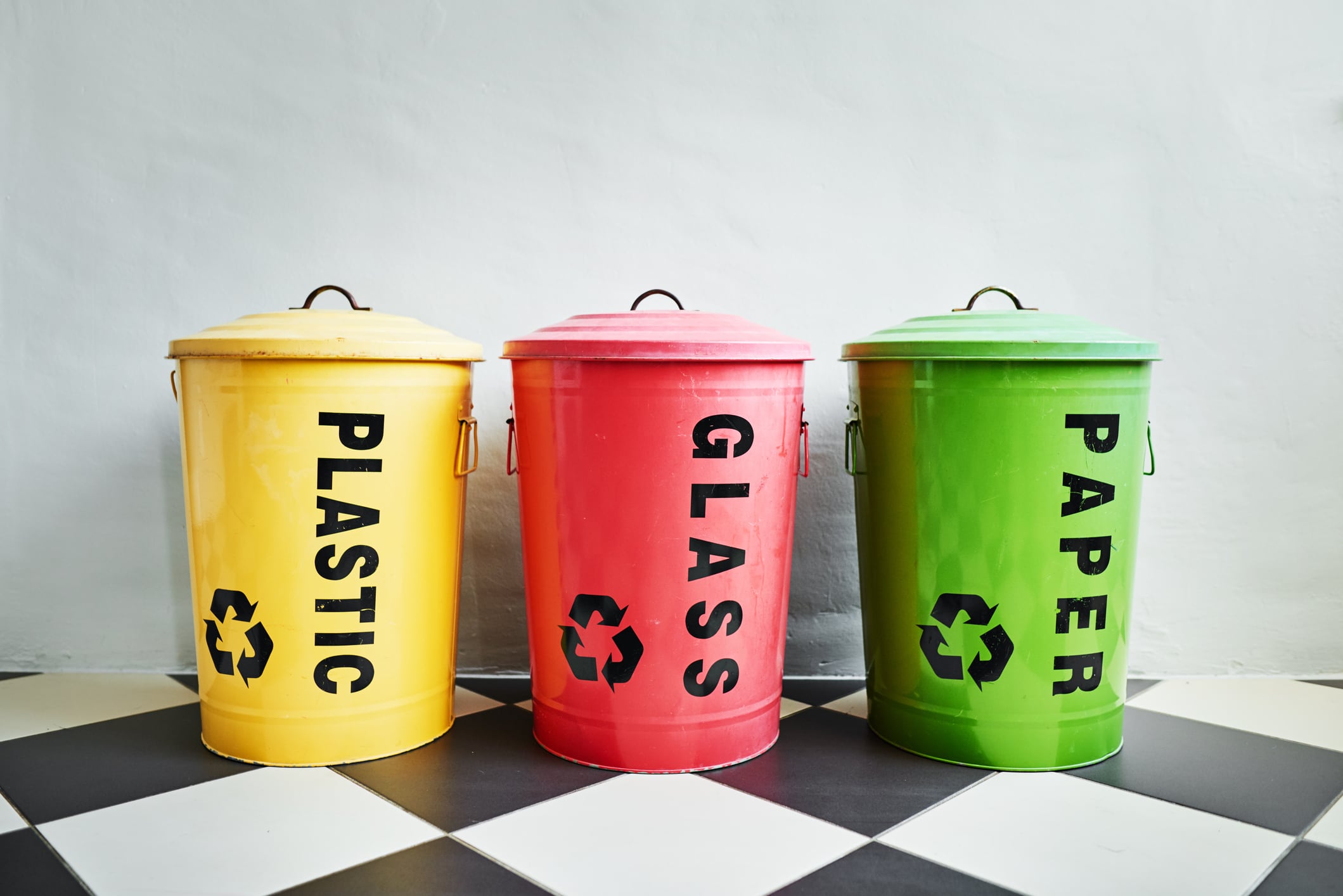Environmental awareness and willingness to purchase sustainably produced foods do not always translate to actual sales.
From pricing strategies to clearer labelling, experts say a multi-pronged approach is needed to boost consumer demand for low-carbon rice and make sustainable choices the norm.
Managing the rice carbon footprint
Research shows rice is among the most carbon-intensive crops, contributing nearly half of all cropland emissions – mainly from methane released by flooded fields, energy use, and waste. The scale of emissions demands urgent, scalable solutions.
Singapore’s Temasek Life Sciences Laboratory (TLL) is tackling this with a goal to produce 50,000 tonnes of low-emission rice by 2029 as it moves to trial solutions in India, Laos, and Cambodia.
A non-profit focused on agricultural and biotech research, TLL is targeting “off-takers” – such as government bodies, banks, and trade associations – who can commit to buying sustainable rice at agreed prices.
“We’re working at the off-taker level to secure demand, so farmers feel confident switching from traditional methods to alternatives like AWD (Alternate Wetting and Drying), which is not yet widely adopted,” said Goh Phuay Yee, project manager at TLL. “They need more education and incentives to make the shift.”
Unlike conventional rice farming, which involves continuously flooded fields that release large amounts of methane, AWD allows the soil to dry intermittently between irrigation cycles — significantly reducing greenhouse gas emissions without affecting yield.
A supply chain-wide effort is essential, especially as consumers and retailers increasingly demand transparency and environmental accountability.
Goh agrees this will create a ripple effect, driving demand from farm to fork.
Convincing the consumers
Consumers are increasingly aware of the environmental benefits of sustainable food, but purchasing decisions remain complex – especially when price is a factor.
“We initially considered charging a premium for low-carbon rice to benefit farmers,” said Goh.
“But after consulting with government and private sector partners, we realised consumers won’t pay more for a product that looks and tastes the same as the original. This was why we shifted our focus to engage with off-takers.”
Encouragingly, interest in low-carbon rice is growing in India, Laos, and Indonesia, where TLL is in talks with potential partners.
This aligns with international research findings, which observed consumers expressing strong interest in sustainable food produce.
However, this interest had low actual influence on purchase behaviour due to competing priorities like price and a lack of understanding of low-carbon foods.
A study by Noor Imran et al in the Journal of Agriculture and Food Research found that in China, high willingness to buy carbon-labelled products did not translate into actual purchases – mainly due to cost and unclear labelling.
The study underscores a global challenge: to increase uptake, strategies must address the practical barriers that prevent consumers from acting on their intentions.
Helping consumers understand why their choices matter
Many consumers don’t fully understand how their food choices affect the environment.
Researchers from the same study noted that complicated labelling systems — such as those that quantify carbon impact in unfamiliar units or technical terms — often fail to connect with consumers.
“This confusion primarily arose due to issues related to inadequate communication and the saturation of the market. Consumers might encounter difficulties in understanding carbon labels due to the utilisation of unconventional units, complex calculations, and technical terminology,” wrote researchers in the Journal of Agriculture and Food Research.
Simple, visually engaging labels – like traffic light systems or A-to-G ratings used in appliances – could help bridge this gap.
“Consequently, there is a clear need to educate consumers about carbon labels, helping them better comprehend their significance and realise how altering their food consumption habits can positively impact the environment and climate,” added the researchers.
From awareness to action
As the world grapples with the climate impact of food systems, low-carbon rice presents a promising opportunity to reduce emissions at scale.
But for this to succeed, consumers must be empowered with clear information, affordable choices, and visible support from institutions.
Bridging the gap between awareness and action will require not just better labels or pricing strategies – but a coordinated effort across the entire value chain to make sustainable rice the default, not the exception.





